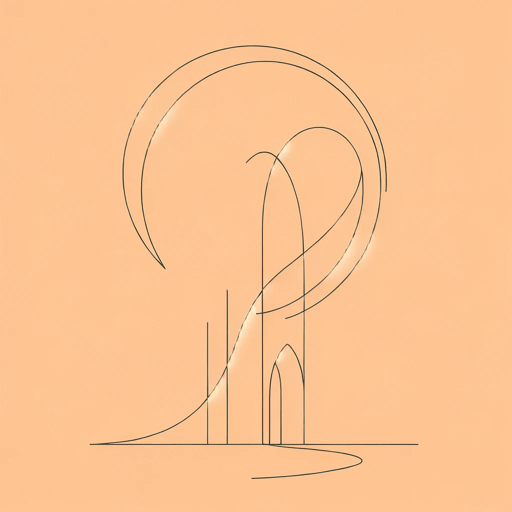17 pages • 34 minutes read
William BlakeThe Garden of Love
Fiction | Poem | Adult | Published in 1794A modern alternative to SparkNotes and CliffsNotes, SuperSummary offers high-quality Study Guides with detailed chapter summaries and analysis of major themes, characters, and more.
Literary Devices
Form and Meter
“The Garden of Love” has a simple structure and consists of three quatrains. The first two stanzas of the poem follow a simple abcb rhyming scheme and contain a tetrameter. This predictable rhythm reflects the childlike experience of the speaker. However, a change in the rhyme and meter of the last two lines in the third stanza, to a trimeter and an internal rhyme (“gowns” and “rounds,” “briars” and “desires” [Lines 11-12]), adds to the jolt of the shocking and disturbing discovery the speaker makes. The rhythm of the poem therefore echoes the speaker’s realization that the predictability and security of childhood has been replaced by the threatening nature of the priests and their chapel.
Assonance and Alliteration
The poem contains much assonance (repetition of sounds) and alliteration (repetition of letters at the beginnings of words), and these contribute to its simple and childlike sound and rhythm in the first and second stanzas. The soft sounds of the “w” in “went,” “saw,” “what,” “was,” “where,” and “were” (Lines 1-5, 9-11), in addition to the open, flowing vowel sounds of /o/ in “flowers” and “bore” (Lines 8, 10) add to the pleasant and welcoming image of
Related Titles
By William Blake
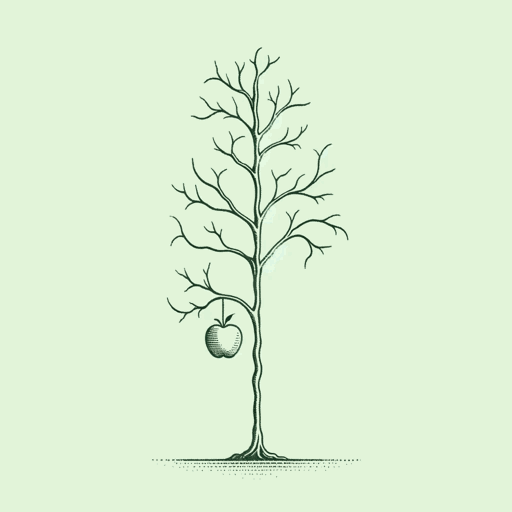
A Poison Tree
William Blake

Auguries of Innocence
William Blake
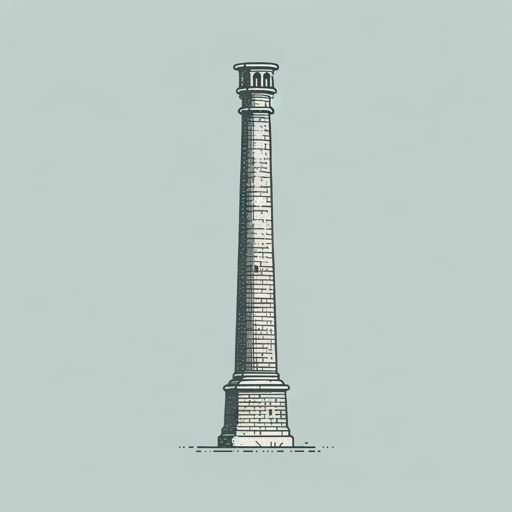
London
William Blake

Night
William Blake

Songs of Innocence and of Experience
William Blake
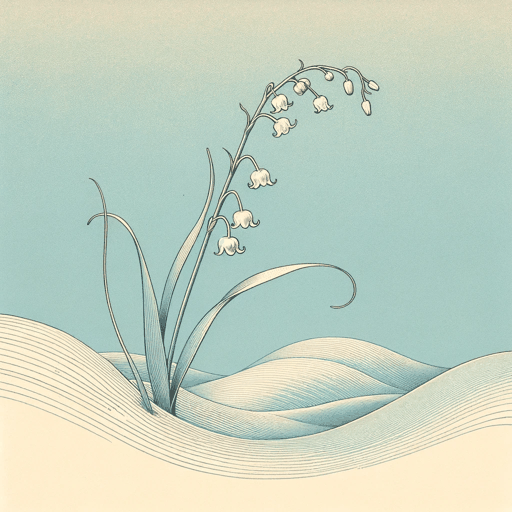
The Book of Thel
William Blake

The Chimney Sweeper
William Blake

The Lamb
William Blake

The Little Boy Found
William Blake
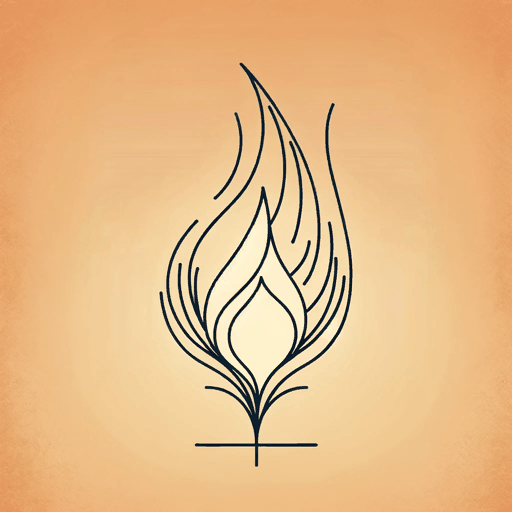
The Marriage of Heaven and Hell
William Blake

The Sick Rose
William Blake

The Tyger
William Blake
Featured Collections
Appearance Versus Reality
View Collection
Challenging Authority
View Collection
Good & Evil
View Collection
Grief
View Collection
Guilt
View Collection
Loyalty & Betrayal
View Collection
Memory
View Collection
Nostalgic Poems
View Collection
Poems of Conflict
View Collection
Power
View Collection
Religion & Spirituality
View Collection
Short Poems
View Collection
